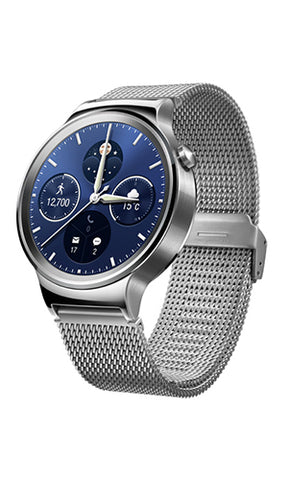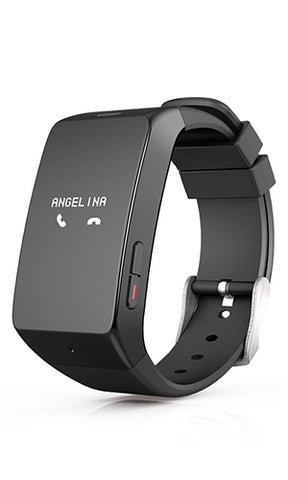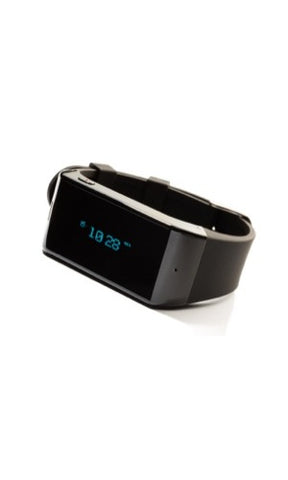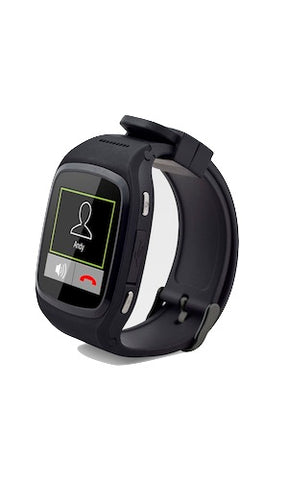The Year of the Hearable
Written By
Wearables.com
The following is a guest post by Andrew Ochoa, CEO of Waverly Labs, a wearables startup developing a smart earpiece for the connected professional.
12 months ago wearable technology was a much different industry. Smartwatches, smartglasses, and fitness trackers, what I consider the holy trinity of wearables, saturated the landscape with smaller teams, including Pebble and Misfit Wearables, competing against larger companies such as Sony and Samsung. The industry is still quite nascent and fragmented but an astute observer would notice that 2014 witnessed the rise of a new market: the smart earpiece.
Some have lauded 2014 the year of the wearable. I say it’s the year of the hearable.
As a prelude of art imitating life, the debut of the futuristic movie “Her” in October 2013 featured the main character who wears a nondescript earpiece which allows him to communicate with his AI operating system. Since then, a new ideation of the smart earpiece has emerged nearly monthly.
Intel unveiled their conceptual over-the-ear hearable called Jarvis at CES 2014 in January which, in theory, allows users to connect with their digital world without the necessity for a smartphone. Then in February German company Bragi truly broke the ice for the market when they debuted the Dash on Kickstarter and blew past their expectations, raising over $3.3m. February also saw Huawei introduced their cross-platform wrist-to-earpiece Talkband at Mobile World Congress.
In April, Nick Hunn, technology evangelist and consultant, published a lengthy paper on the rise of Hearables as a $5b market by 2018. And this summer the devil’s hands have been very busy, with the following companies launching their own designs: Earin (ultra low-profile music streaming), OwnPhones (custom-fit in-ear wireless earphones), and Soundhawk (enhanced hearing).
It’ll be interesting to see how things progress over the next few months and into 2015. I predict as more companies emerge we’ll see this space grow beyond just music streaming or fitness tracking devices to more advanced personal assistant capabilities, but it’ll take a leap forward in middleware that emphasizes audio input as an interactive medium. Viv Labs, the team behind Siri, could prove to spearhead this new space with their current work on ultra-advanced AI Viv, and Speaktoit’s new language platform api.ai will give developers the tools to design around voice.
In any case, all wearable tech has some big issues to overcome, including utility, price and the whole fashion vs. technology argument. Smart earpieces won’t be the exception. But in a market once dominated with bluetooth headsets, there seems to be a clear shift in what consumers find socially acceptable in this category. And that doesn’t even include the impact of wireless headphones, such as Apple’s acquisition of Beats By Dre.
As with smartwatches, if smaller companies continue to find success in this market then we can expect to see tech giants move into this space. Motorola is already making a play with the Moto Hint. Until then it’s anyone’s game, but it’ll be an interesting game indeed.
About the Author: Andrew Ochoa is CEO of of Waverly Labs, a wearables startup developing a smart earpiece for the connected professional. Andrew can be reached @AndrewOchoa81.
The post The Year of the Hearable appeared first on Wearables.com.
Tags: Audio, Featured Items





